Olive-oil galette--Is it a tart? A pizza with a folded edge? A pie you eat for dinner? It’s delicious no matter what you call it and, depending on your fillings, this olive-oil galette works for breakfast, lunch or dinner. This quick, easy tart base can be made...
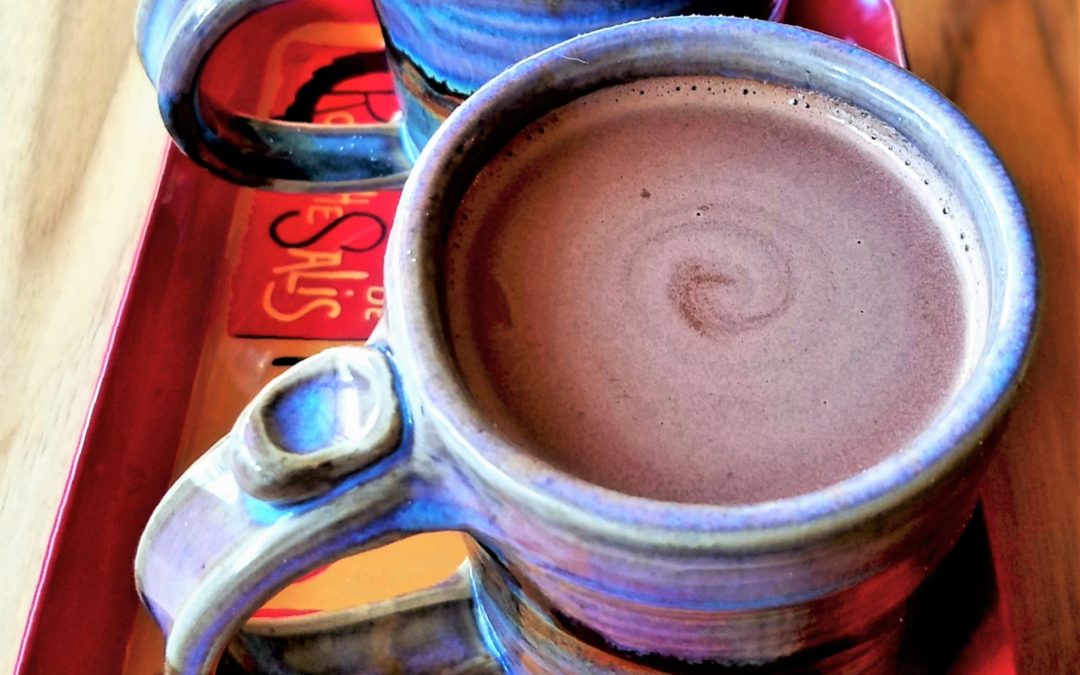
Lazy, Lighter Chocolat Chaud—Hot Chocolate with French Airs
Lazy, Lighter Chocolat Chaud—Hot Chocolate with French Airs
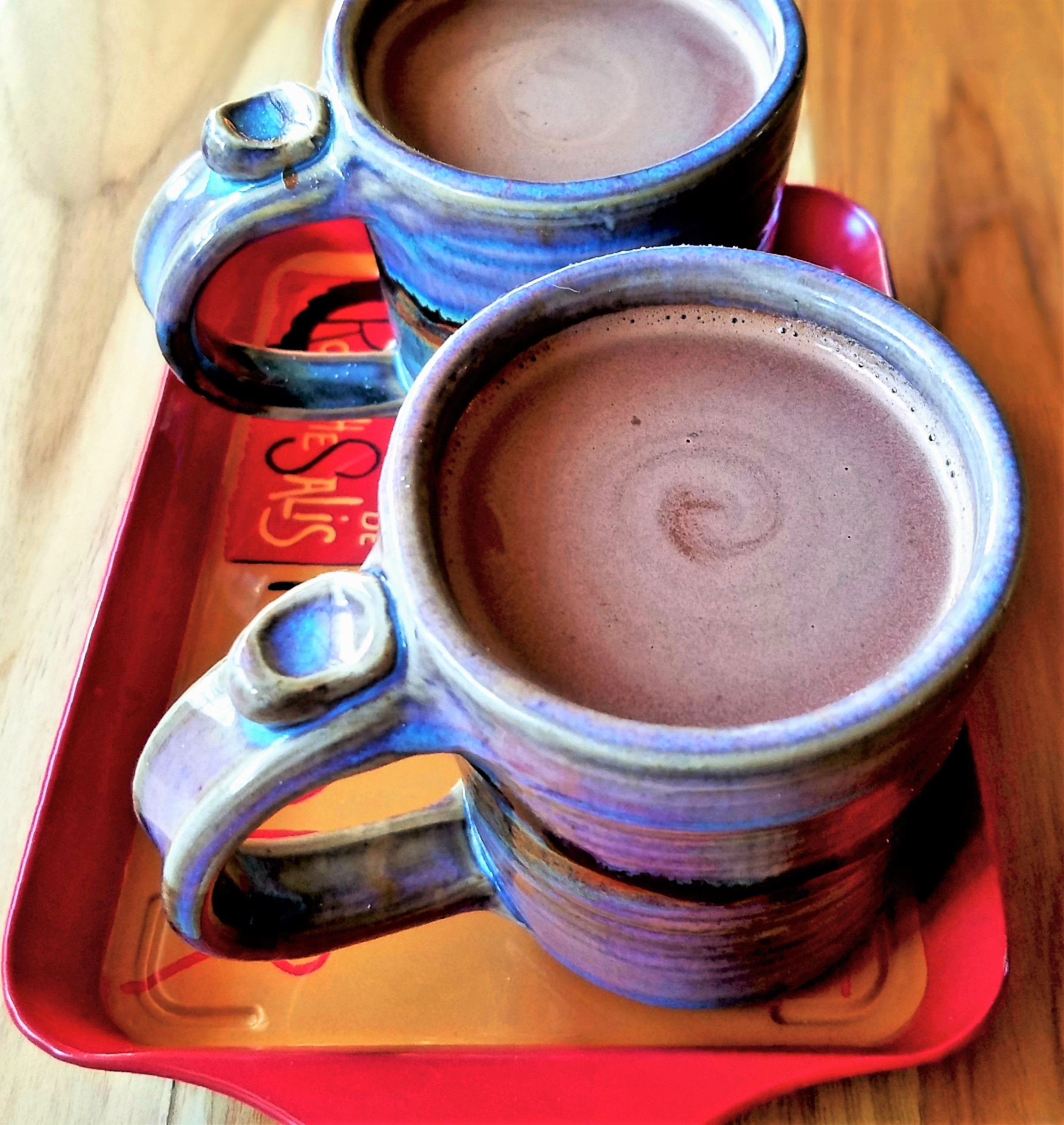 It snowed in the desert on National Margarita day. Neither event makes sense—a beach-boozy drink celebrated in winter and snow-covered cactus. Instead of tequila, my beverage is based on chocolate liquor—the meat of the cocoa bean.
It snowed in the desert on National Margarita day. Neither event makes sense—a beach-boozy drink celebrated in winter and snow-covered cactus. Instead of tequila, my beverage is based on chocolate liquor—the meat of the cocoa bean.
Any cold day seems a good day for a hot chocolate break or breakfast treat to warm your body and soul. To help with that, I’m sharing this chocolat chaud recipe that I’ve tested until woozy with cocoa to get it just right, even if not exactly French.
Is this even French?
Enjoy rich foods fearlessly and without excuses! If only we could do this more often. Such a French food attitude wouldn’t need a “lighter” hot chocolate—Non Merci! You would instead sip traditional chocolat chaud, intentionally, slowly and happily—just enough to satisfy without feeling heavy.
I didn’t see “light” versions of chocolat chaud when I lived in France. Certainly not made in a microwave—not a classic French culinary move. So why create a lazy, lighter version? Because sometimes simplicity reigns and this three-ingredient version delivers on flavor and comfort.
In the U.S., hot chocolate may contain milk, water or both with cocoa powder or syrups instead of chocolate. French recipes include milk most often, sometimes cream, but milk paired with a high-quality dark chocolate is rich enough.
Is this even Chocolate?
As a kid, I reveled in making my own hot chocolate. Add a packet of cakey cocoa with chalky, sweet white bits to a cup, stir in hot water and voilà—chocolate for breakfast.
I loved this astronaut-ready freeze-dried instant hot beverage. Especially after meeting an astronaut who I was certain sucked up hot chocolate and marshmallow bits in zero-gravity.
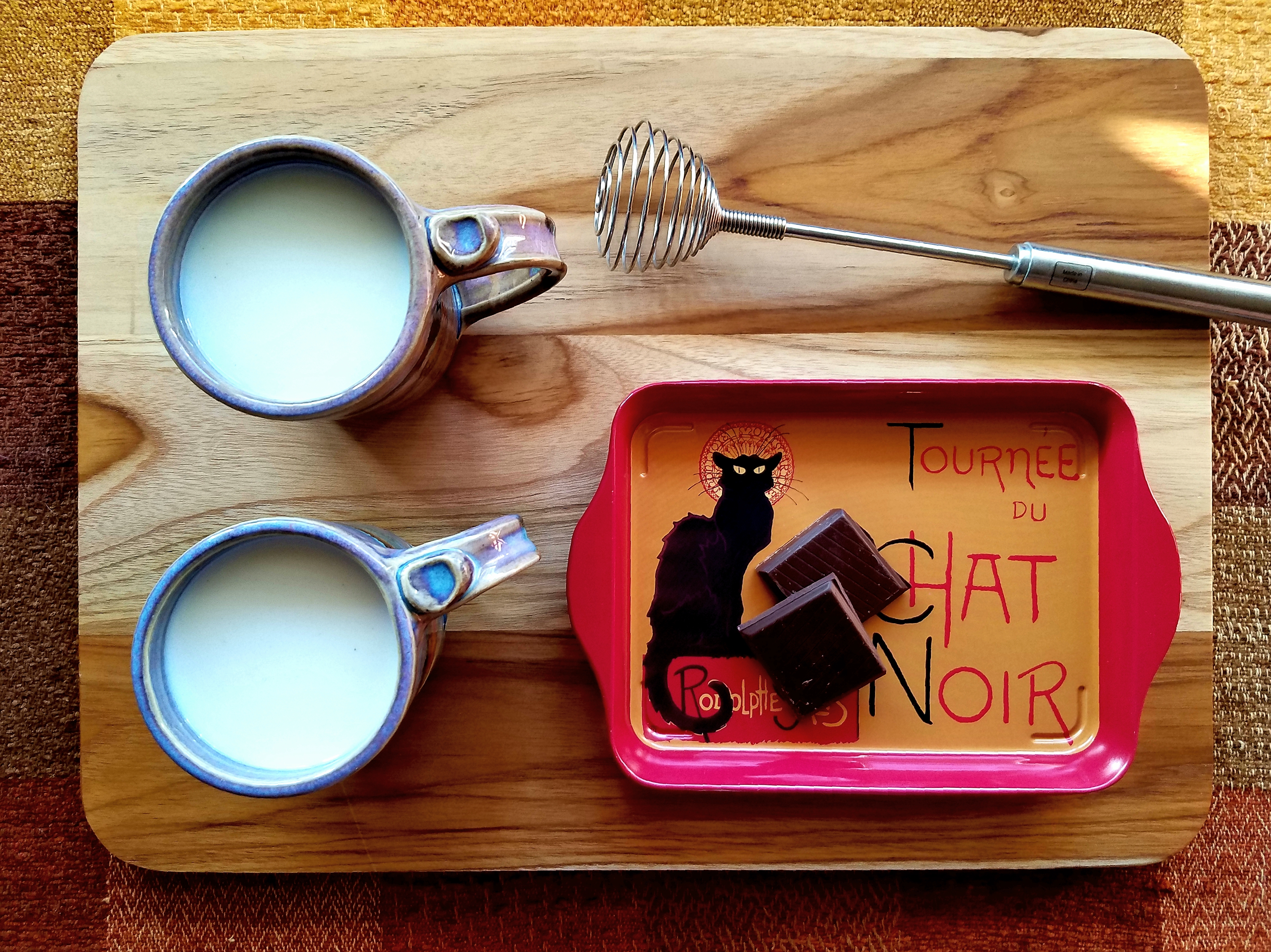
If you grew up enjoying these options, then ignore the ingredient list–just enjoy it as a periodic treat. For me, everything changed when my friend Michel treated me to Chocolat Chaud in Paris at his quiet neighborhood bistro.
Liquid Chocolate
The best part of chocolat chaud that I’ve loved, is at the bottom of the cup. A morsel of soft, not fully melted, chocolate lingers. This “Pièce de Résistance” (proof of real chocolate), leaves you a couple spoonfuls of thick chocolate or sips of thick cocoa tonic to boost your mood.
Unlike the drinkable chocolate bar offered at the famous Angelina’s in Paris, most versions of hot chocolate I enjoy in Paris are neither thick nor super rich. Sometimes, whipped cream decorates the top, but for me, that’s just a pretty distraction diluting the cocoa flavor. But I get grumpy when cold, so just ignore my whinging and bling up with dairy delights as you wish.
Chocolat Chaud Recipe
Hot milk mixed with dark chocolate pieces plus a hint of sugar to balance the bitter dark chocolate.
Ingredients
3 ounces dark chocolate, chopped (about ½ cup—see notes for chocolate and chips)
1 ½ cup skim milk (see milk option notes below)
2 teaspoons powdered sugar (thickens drink & balances bitter notes in chocolate)
Dark chocolate options—3 ounces of:
- 70% bittersweet chocolate bar (about ½ cup chopped). I like Valhrona (6 ½ squares is about 3 ounces), but pick any high-quality chocolate you like.
- Dark chocolate chips (about ½ cup) tend to be only 60% dark chocolate, are sweeter, have a lighter chocolate flavor and different nutrient profile.
Steps:
- For your your pièce de résistance, pull aside about ⅓ (about 1 ounce or 2 tablespoons) of the chopped chocolate or chocolate chips, and divide between two small tea or coffee cups.
- In a glass measuring cup (at least 2 cups), add 1 ½ cups milk. Microwave on high for 3 minutes.
- To the milk, add the remaining chocolate (about 2 ounces left) and powdered sugar. Whisk or stir with a metal spoon scraping any chocolate that sticks to the sides or bottom. Taste. If the taste is a bit bitter, add more powdered sugar–each teaspoon is only 10 calories. Microwave for 1 more minute, whisk or stir vigorously until frothy.
- Pour in equal amounts into the cups each with the chocolate pieces waiting to be partially melted. No need to stir, unless you want a thicker drink. Find a cozy, quiet place to enjoy or share with kids or other adults and let time stop a moment to create a chocolatey memory.
Milk Notes
- Skim milk texture is thinner than whole milk, but the powdered sugar versus a crystalized sugar acts as a thickener.
- If you use whole milk, it can bubble over, and possibly erupt in the microwave, so reduce the heat or the time to control this.
Serving & Make-Ahead notes:
- Serve warm in the smallest coffee or tea cups you have (demitasse cups if you’re into French dishes).
- If making ahead of serving, put in the refrigerator for a few hours or even overnight. Rewarm and stir before serving. The chocolate pièce de résistance will likely melt though, so you can leave that out, warm the cocoa, then add the extra chocolate to the cup.
- If you don’t’ have a microwave, go old school and heat milk in a pot, add chocolate and reduce until thicker.
Calorie Notes–Urg. I hesitate to share since this beverage isn’t about watching calories, but it is a rich treat, so here’s some specs:
- Skim milk calories versus whole milk for this recipe is about 50 more calories per cup.
- Because this is a rich beverage, use small cups and enjoy slowly. Each serving is about 300 calories—just a bit more a Starbucks 16-ounce version at 400 calories, but it’s a different taste and flavor option.

Corn, Tomato and Spinach Olive-Oil Galette
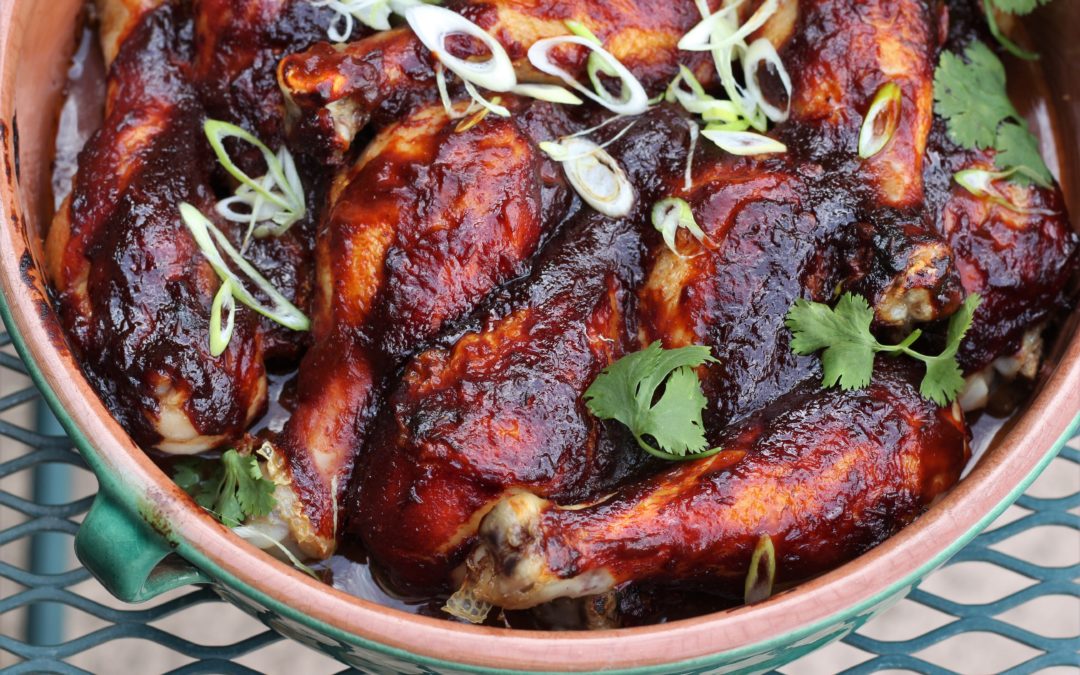
Go-To BBQ Sauce: Smokey, Spicy, Tangy & Sweet
Creating a BBQ sauce recipe is basically asking for a culinary throwdown. With parts of our country owning different styles and declaring theirs as the best, I tread on hallowed ground. However, when I get a craving for BBQ, these are the ingredients that hit the...

Lazy, Lighter Chocolat Chaud—Hot Chocolate with French Airs
It snowed in the desert on National Margarita day. Neither event makes sense—a beach-boozy drink celebrated in winter and snow-covered cactus. Instead of tequila, my beverage is based on chocolate liquor—the meat of the cocoa bean.Any cold day seems a good day for a...
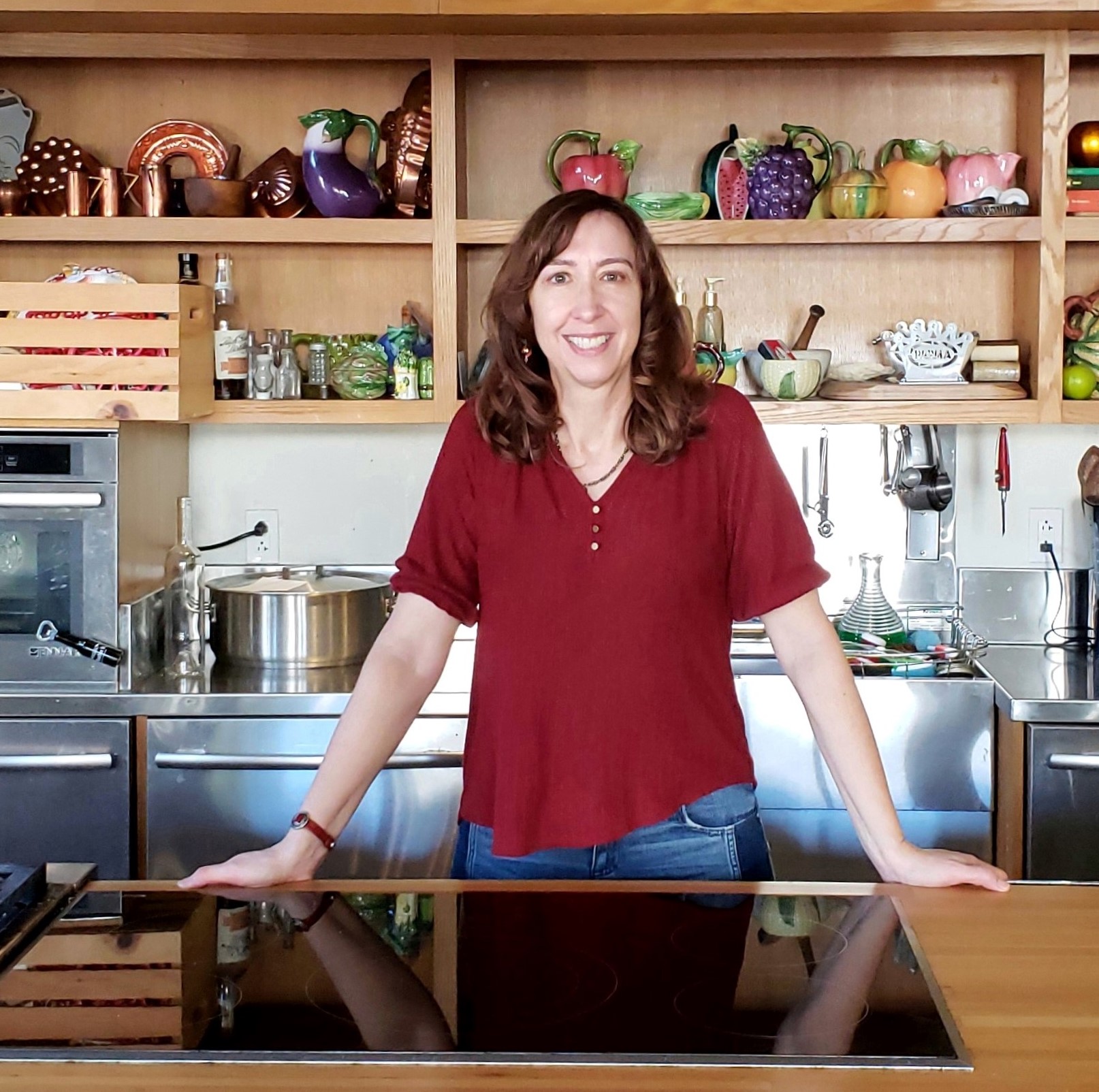
Michele Redmond
French-trained Chef, Registered Dietitian Nutritionist & Food Enjoyment Activist
It's about Making Food First
Get Eat Well Academy periodic updates on easy ways to choose and cook foods that satisfy your appetite, nurture your body and make eating well a pleasure.

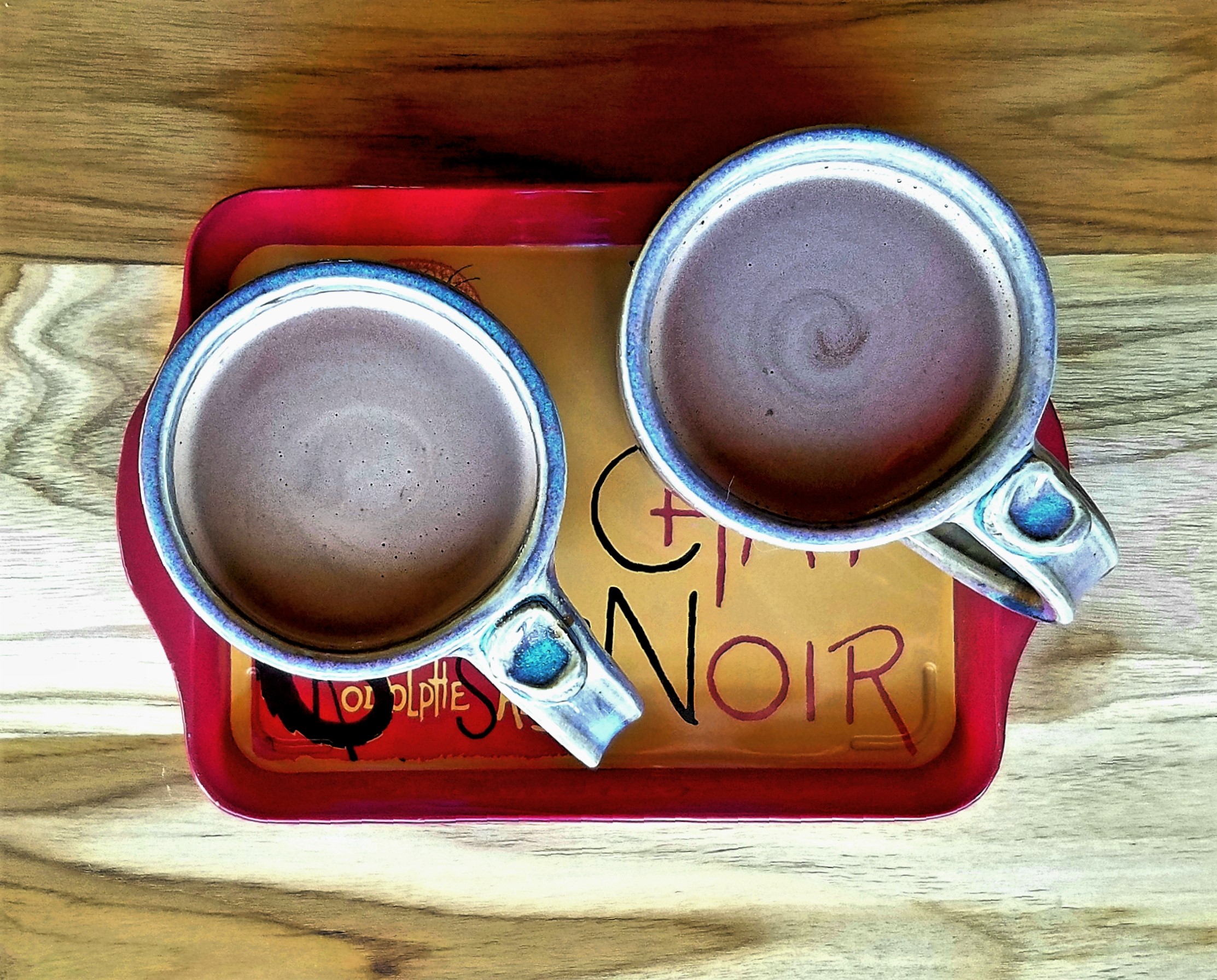
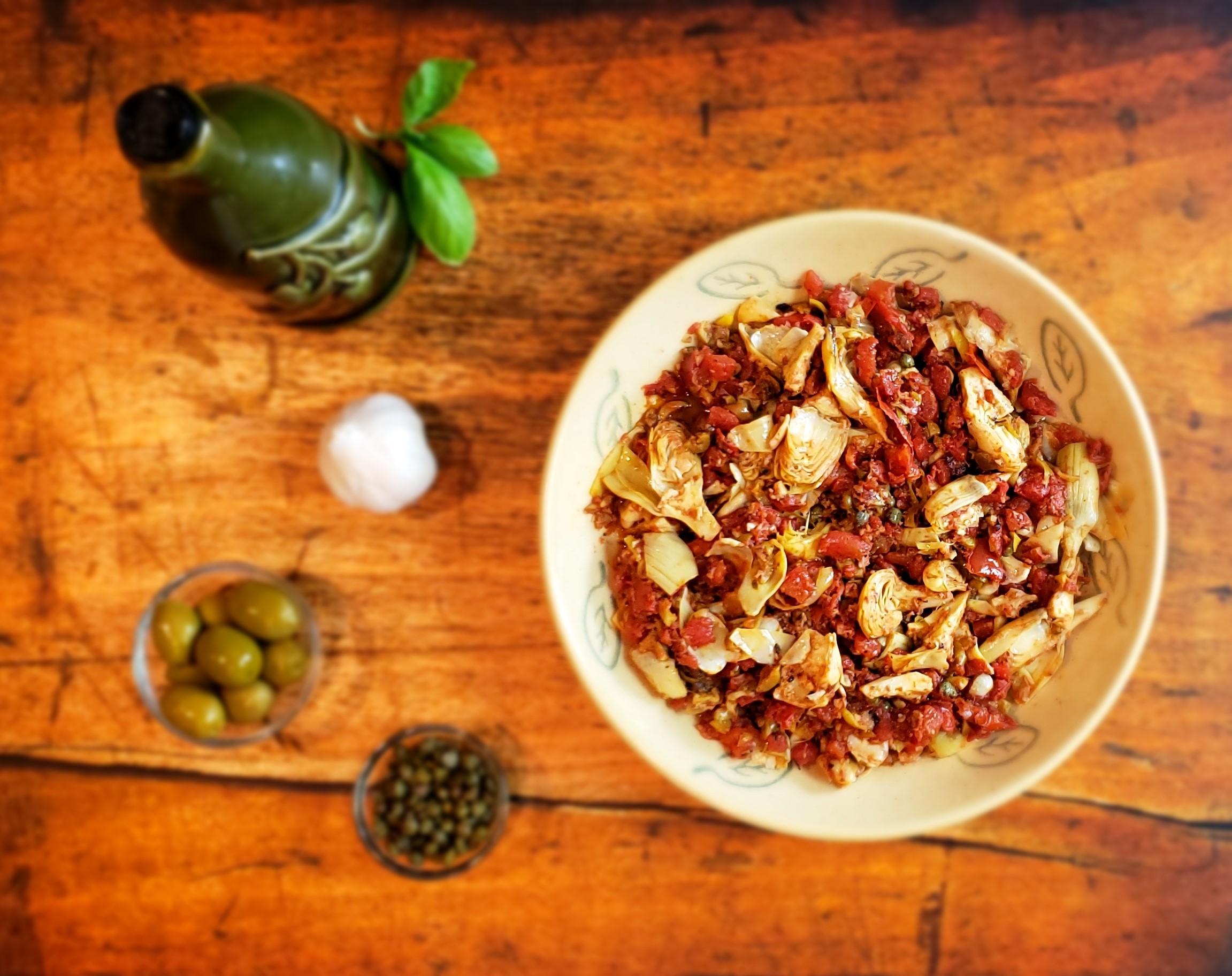
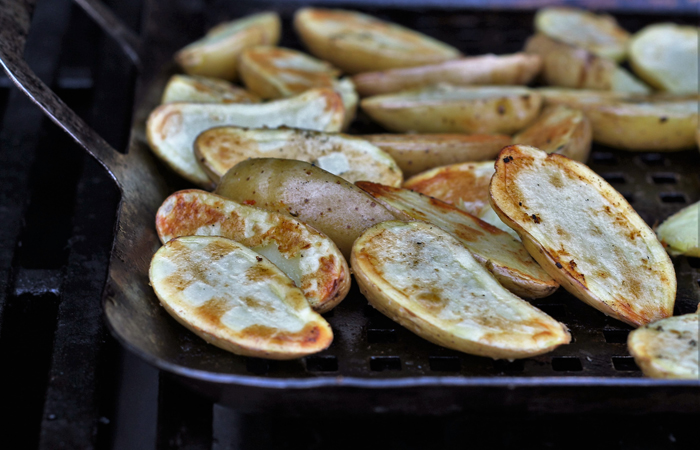
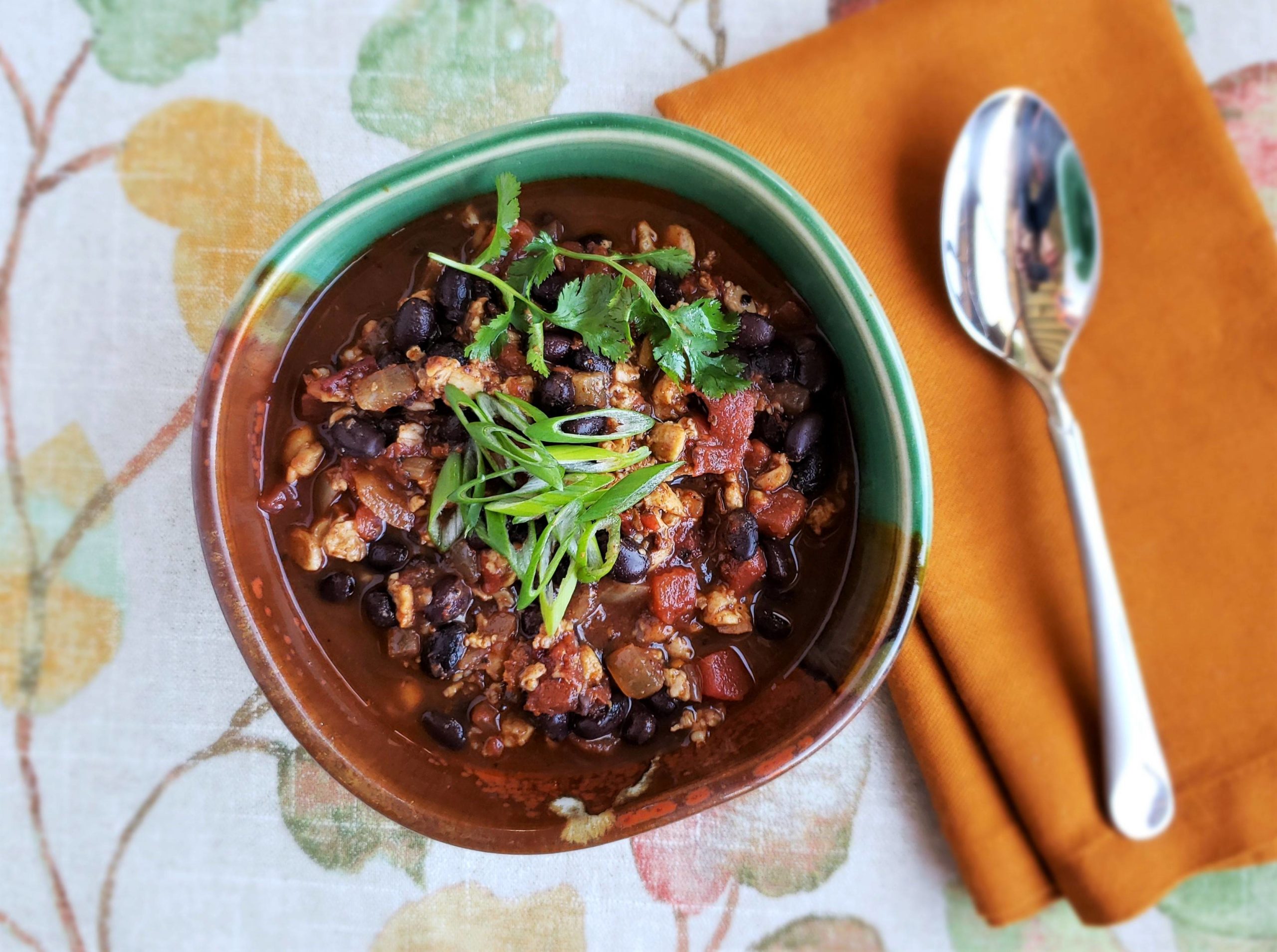
 The pleasure of food, good health and well-being through simple habits for eating well and flexitarian low-key cooking.
The pleasure of food, good health and well-being through simple habits for eating well and flexitarian low-key cooking. 
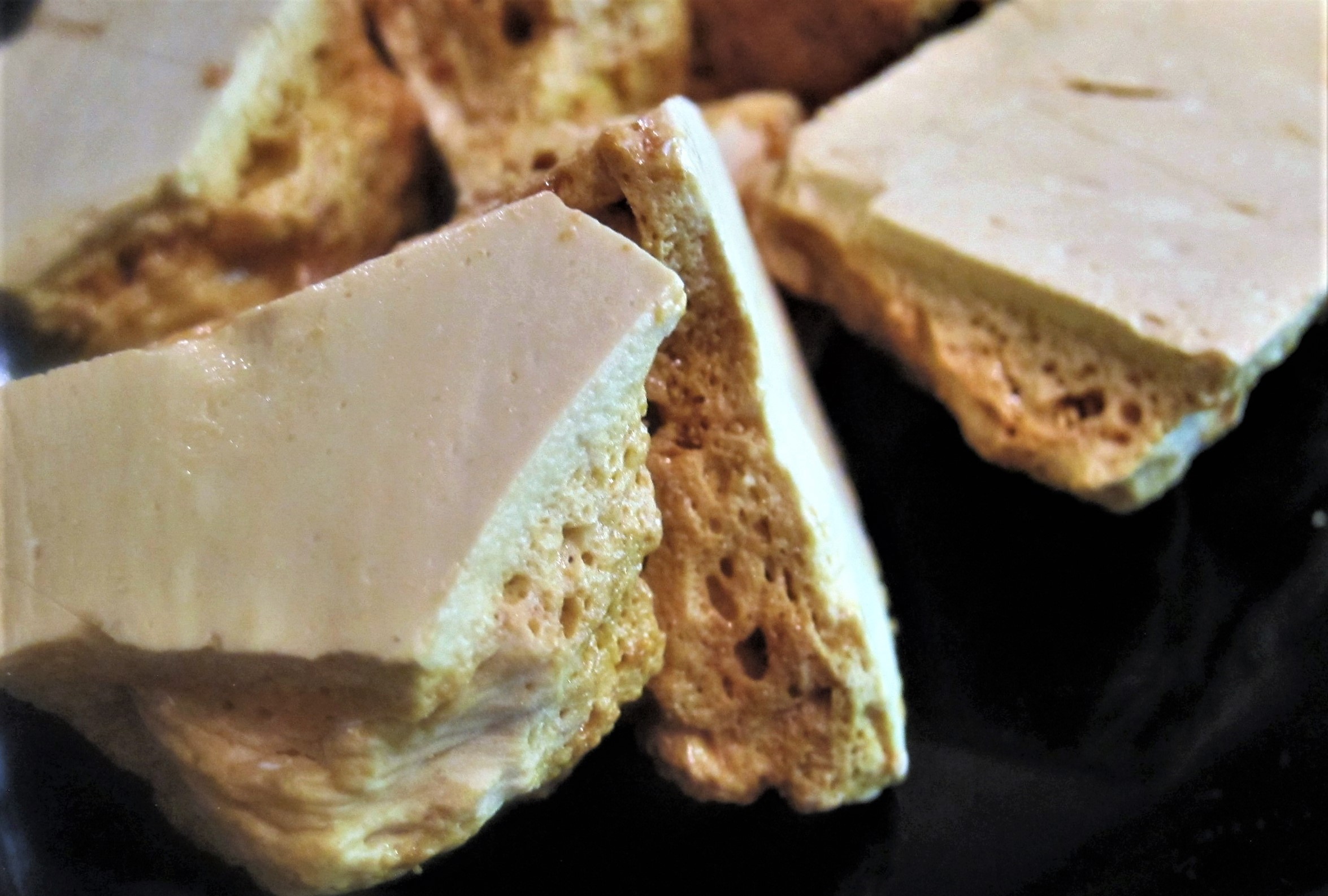
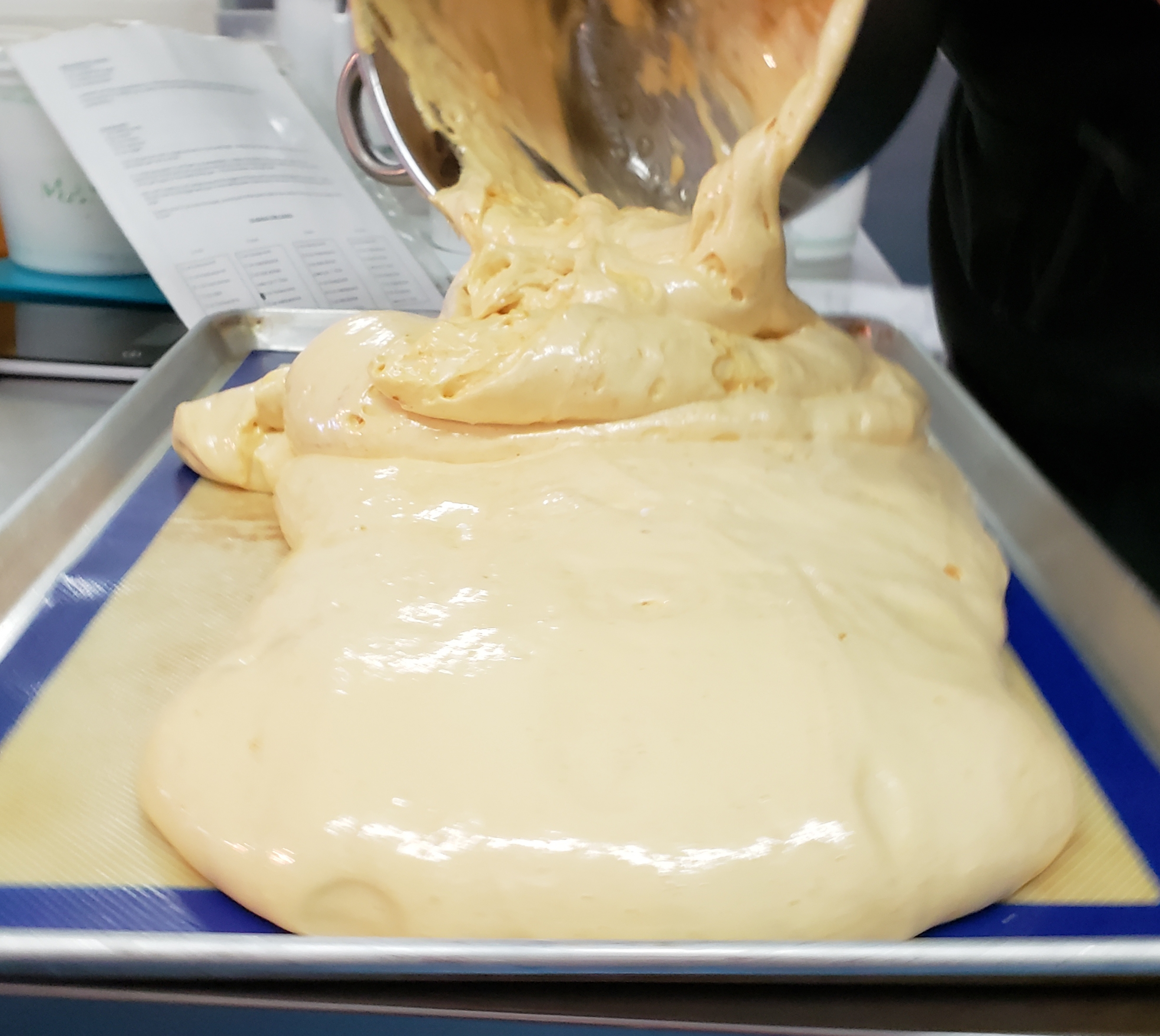
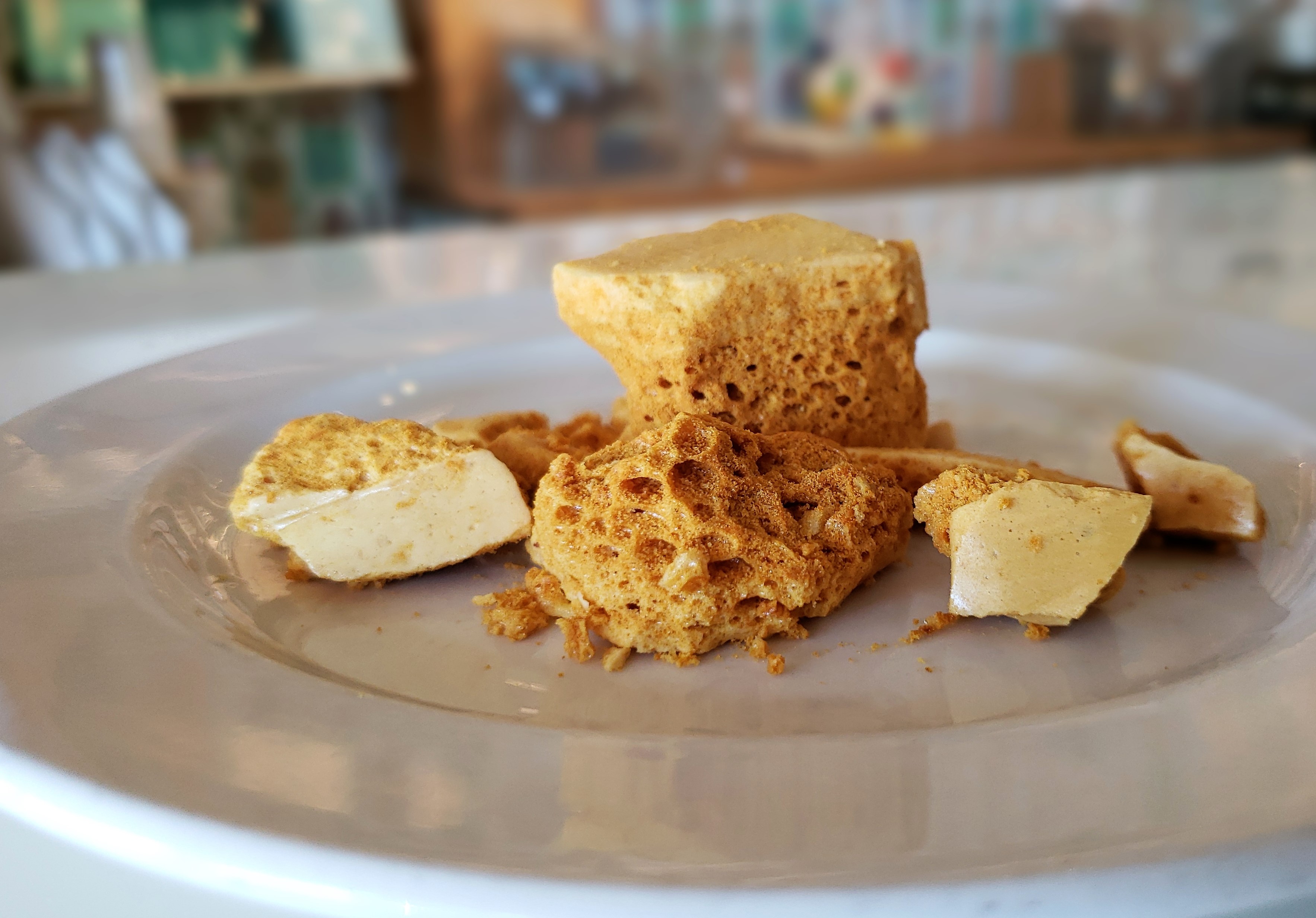
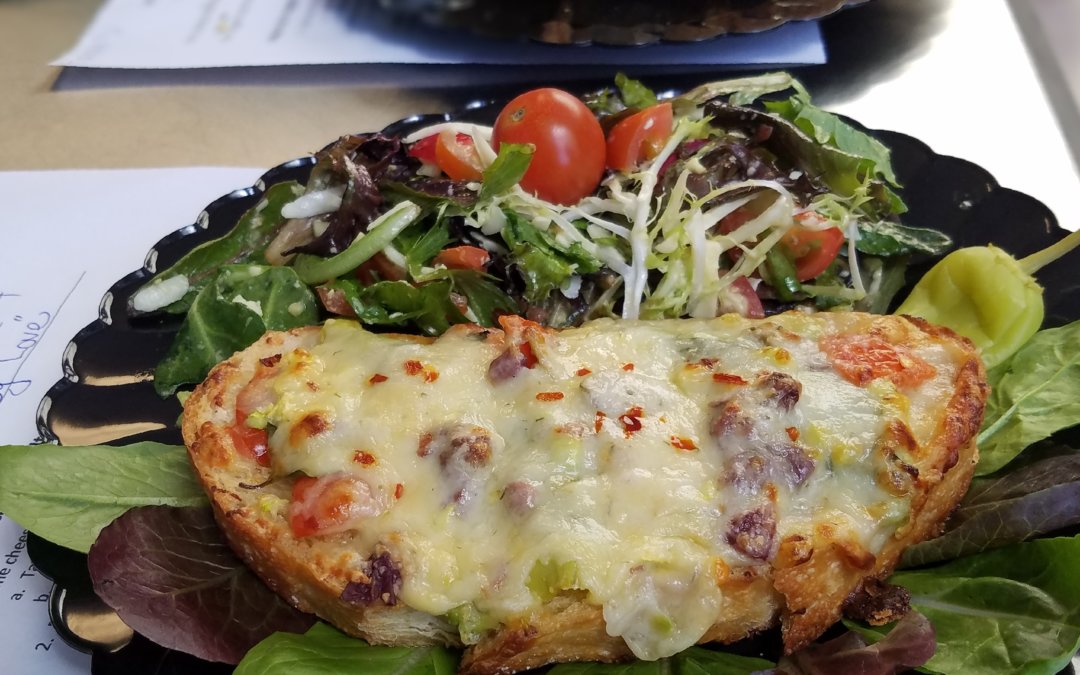
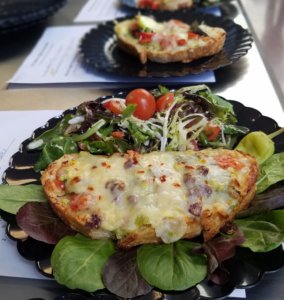
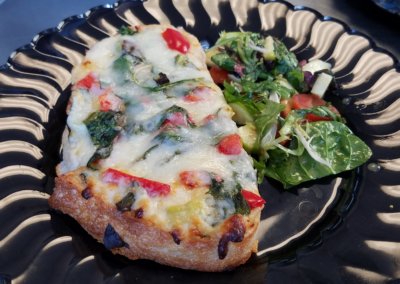




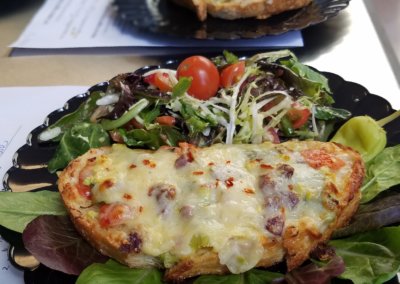
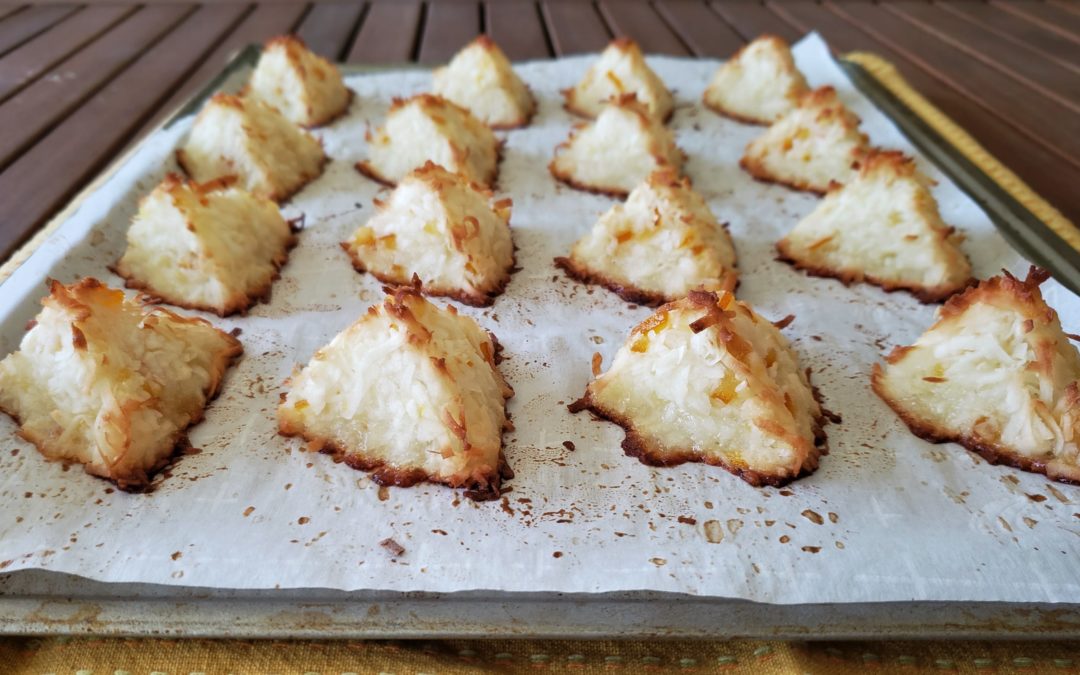


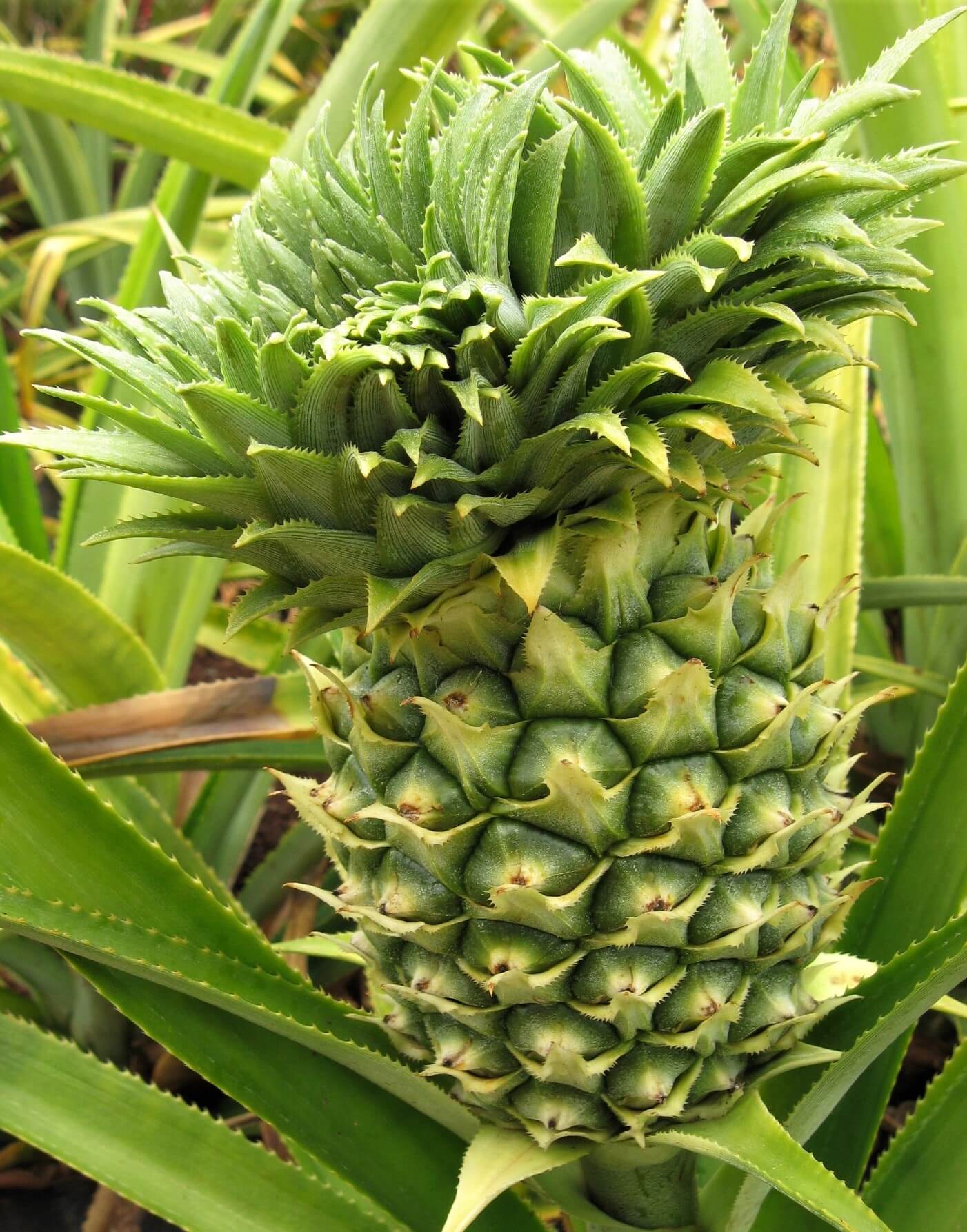
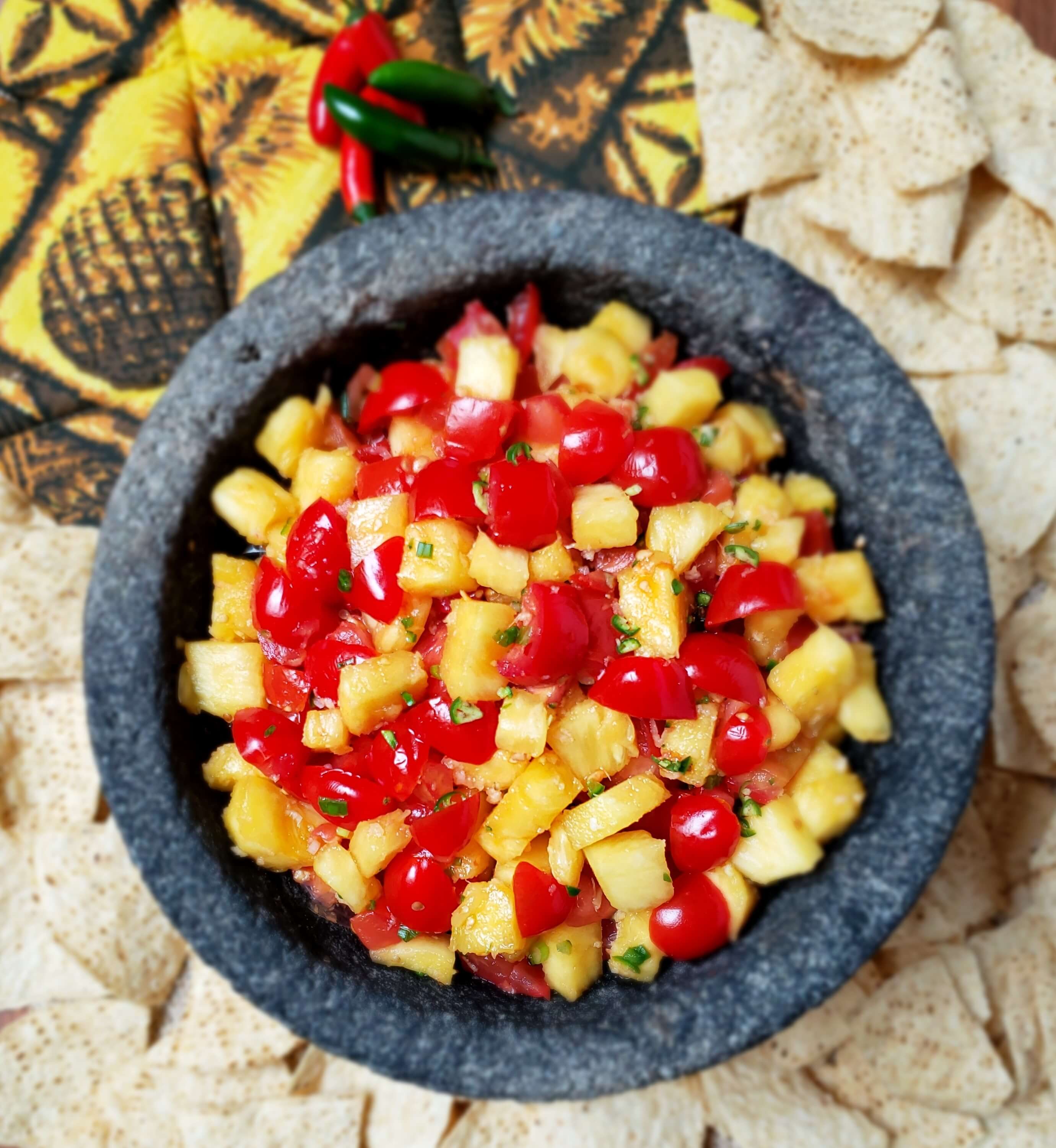 1. Trim option #1: Trim off the top and bottom of the pineapple, then slice the outer scales off to reveal the flesh. Cut large sections from off the hard core. Dice or small chop enough pineapple for 2 cups and add to a mixing bowl.
1. Trim option #1: Trim off the top and bottom of the pineapple, then slice the outer scales off to reveal the flesh. Cut large sections from off the hard core. Dice or small chop enough pineapple for 2 cups and add to a mixing bowl.